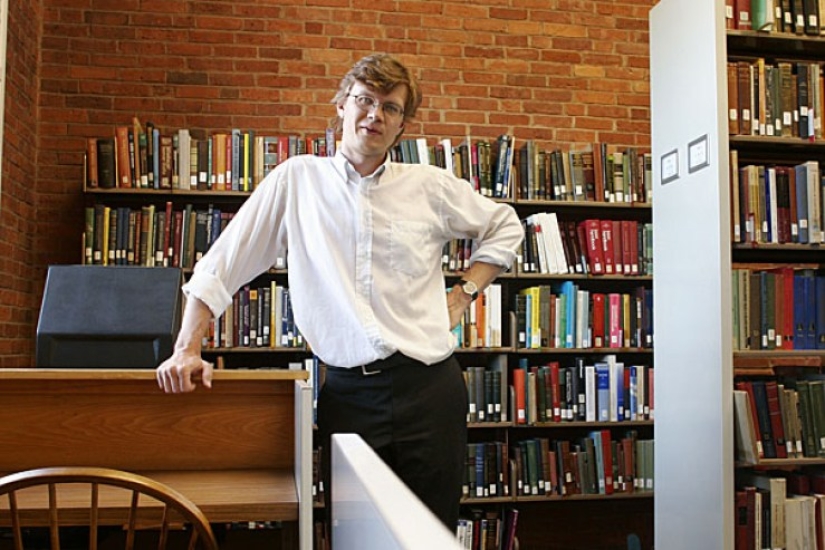When physics is cooler than fiction: scientists have discovered a new kind of matter — temporary crystals
Categories: Science
By Pictolic https://pictolic.com/article/when-physics-is-cooler-than-fiction-scientists-have-discovered-a-new-kind-of-matter-temporary-crystals.htmlFor the first time, time crystals — or temporal crystals — were predicted by the Nobel laureate in physics Frank Wilczek not so long ago — in 2012. However, last year for the first time it was possible to confirm the theory experimentally — scientists literally managed to recreate this mysterious kind of matter in their laboratory.
If an ordinary crystal is a form of solid matter in which the structure repeats in space, but remains unchanged in time, then a temporal crystal periodically changes its structure in time, too, changing and then re—assuming the original design at certain intervals. If the usual associations with crystals for most people are diamonds and amethyst stones, then for theoretical physicists this is a completely new type of matter.

The solid matter familiar to us does not change its structure in time — the conditional carbon lattice of a diamond, known to everyone from a school chemistry textbook, remains as it is, and does not move without applying energy to it, being in equilibrium in its ground state. In time crystals, the atomic lattice repeats itself in time, which means that the ground state of such crystals is motion. In fact, this is a kind of matter that is never in equilibrium. For an analogy, imagine a jelly that, after being poked with a finger, oscillates endlessly.
Figuratively speaking, this was done by two independent groups of scientists — one used laser irradiation to create the environment, the other — microwave. The fact is that the original theory that temporal crystals, having a dynamic nature, can exist in a completely static temperature environment, as the author of Wilcek's idea claimed, has undergone changes. To date, theorists have agreed that it is necessary to provoke a movement first. This was proved by Norman Yao from the University of Berkeley, who was the first to write detailed instructions for obtaining a temporary crystal in the laboratory.

What exactly did the experimenters achieve? One group of scientists used a laser to set individual particles in motion (that is, knocked individual ions off the axis) and at the output get a chaotic movement of all the particles in the chain. The second group of scientists, led by the famous Russian-American physicist Mikhail Lukin, acted on the same principle, only used microwave radiation for this. In both cases, it is interesting that after certain time intervals, all the particles in the chain that were previously set in motion returned "in a row", that is, they assumed their original structure — thus it was possible to obtain the same time crystal whose structure was repeated in time.
 Mikhail Lukin
Mikhail Lukin
Norman Yao also argued that a time crystal can have different phases — just like any solid substance. And although today one can only guess about the possible use of temporary crystals, in general, the ability to work with this kind of matter may be useful in computer memory and encryption technologies and in understanding quantum physics. One thing is indisputable — experimental confirmation of the existence of time crystals is a giant breakthrough in science and may lead to qualitatively new technologies in the future.
Keywords: Discovery | Physics | Experiment
Post News ArticleRecent articles

The legalization of marijuana in the Czech Republic could not lead to some changes in society, so to speak, unexpected effects. For ...

In the last month of 2004, a large earthquake occurred near Indonesia, due to which a huge tsunami swept the coast of several ...
Related articles

Each of us wants to be in shape, without making much effort. The latest news from the world of science will please those who hate ...

In 1996, environmentalists Daniel Jentzen and Vinnie Hallwax approached the orange juice producer Del Oro with an unusual request: ...

A teenage girl of 14-15 years old, who was sacrificed about 500 years ago, all the past centuries lay in the ice on the top of the ...

Japan is the 62nd largest country in the world by area, the 11th largest by population, the third largest economy in the world, and ...